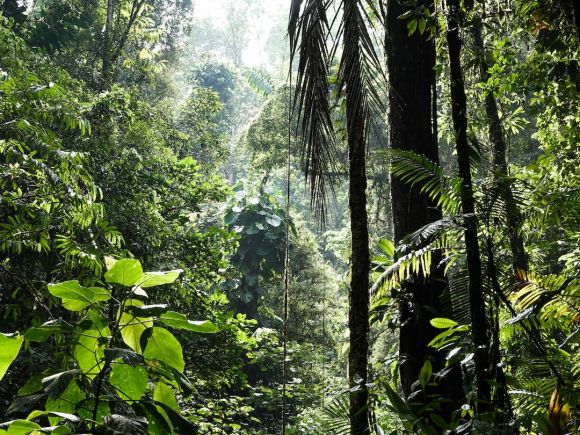Biodiversity, or the variety of life on Earth, is not only a marvel to behold but also a fundamental aspect of our planet’s health and well-being. However, due to human activities, biodiversity is under threat like never before. In this article, we will explore why protecting biodiversity is essential and discuss what we can do to ensure its survival.
The Importance of Biodiversity
Biodiversity is crucial for the functioning of ecosystems and the services they provide. Each species, no matter how small or seemingly insignificant, plays a unique role in maintaining the balance of nature. From pollinating plants to decomposing organic matter, every organism contributes to the intricate web of life.
Biodiversity also provides numerous benefits to human society. It is a source of food, medicine, and raw materials. The loss of biodiversity can disrupt these essential resources, leading to food insecurity and a decline in human well-being. Furthermore, studies have shown that exposure to nature and biodiversity can have positive effects on our mental and physical health, reducing stress and improving overall well-being.
Threats to Biodiversity
Human activities, such as deforestation, habitat destruction, pollution, and climate change, are the primary drivers of biodiversity loss. These activities disrupt ecosystems, lead to the extinction of species, and degrade habitats. The consequences of biodiversity loss are far-reaching, affecting not only the natural world but also our economies and societies.
Protecting Biodiversity: What Can We Do?
Fortunately, there are actions we can take to protect biodiversity and mitigate its loss. Here are some key strategies:
1. Preserve and restore habitats: Protecting natural habitats is crucial for preserving biodiversity. Conservation efforts should focus on safeguarding areas with high levels of biodiversity, such as forests, wetlands, and coral reefs. Restoration projects can also help revive degraded habitats and create new opportunities for species to thrive.
2. Reduce pollution and waste: Pollution, including air and water pollution, poses a significant threat to biodiversity. By reducing our use of toxic chemicals, adopting sustainable farming practices, and properly managing waste, we can minimize the negative impacts on ecosystems and the species that depend on them.
3. Combat climate change: Climate change is one of the most significant threats to biodiversity. Taking action to reduce greenhouse gas emissions, transitioning to renewable energy sources, and protecting carbon sinks like forests are crucial steps in mitigating the impacts of climate change on biodiversity.
4. Promote sustainable consumption and production: Our choices as consumers have a direct impact on biodiversity. By opting for sustainably sourced products, supporting local and organic farming, and reducing our overall consumption, we can lessen the demand for resources that contribute to biodiversity loss.
5. Educate and raise awareness: Increasing public awareness about the importance of biodiversity and the need for its protection is essential. Education and outreach programs can help people understand the value of biodiversity and inspire them to take action in their own lives.
In conclusion, protecting biodiversity is essential for the health and well-being of our planet. It is not only a matter of preserving the beauty and wonder of nature but also safeguarding the resources and services that support human life. By taking proactive steps to protect habitats, reduce pollution, combat climate change, promote sustainable practices, and raise awareness, we can make a significant difference in preserving biodiversity for future generations. Let us remember that we are not separate from nature but an integral part of it, and it is our responsibility to ensure its survival.
